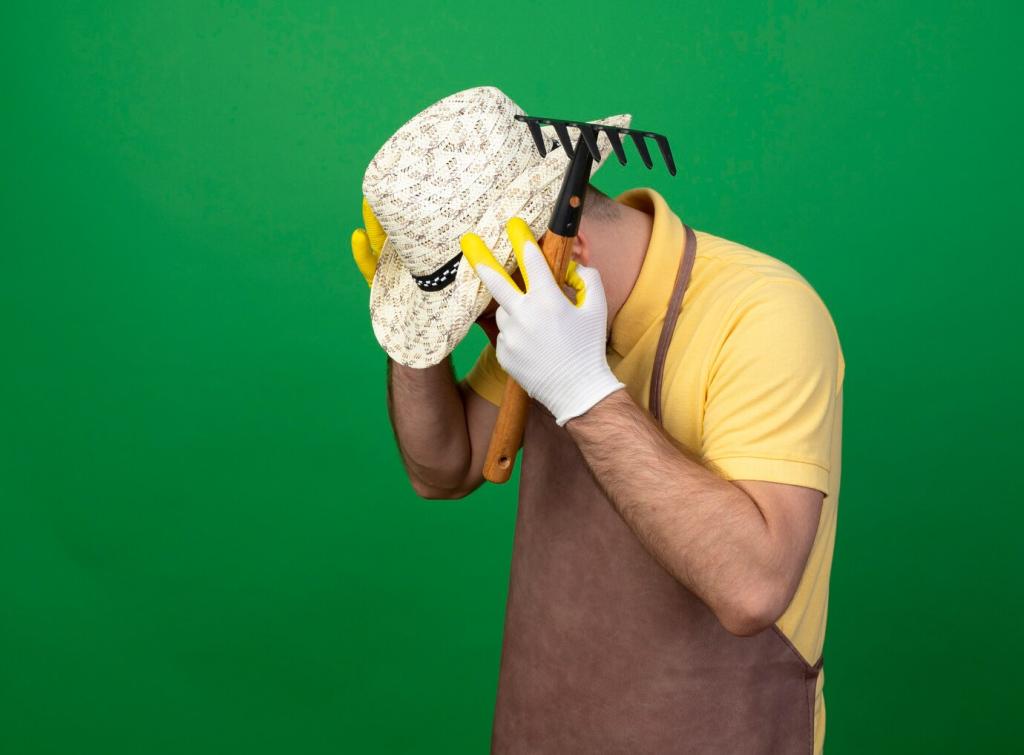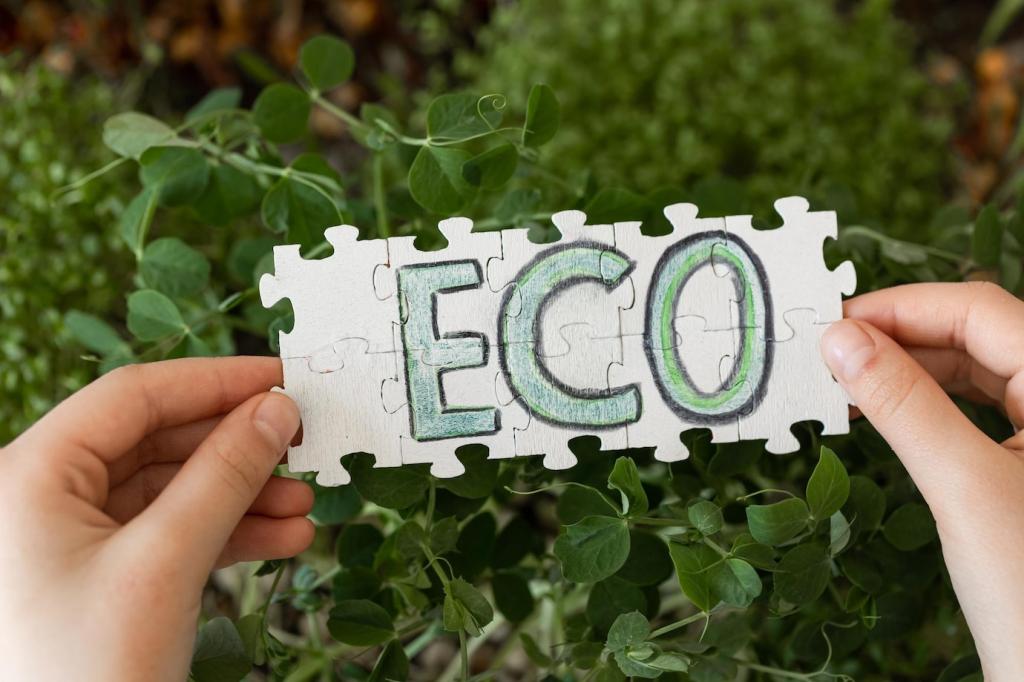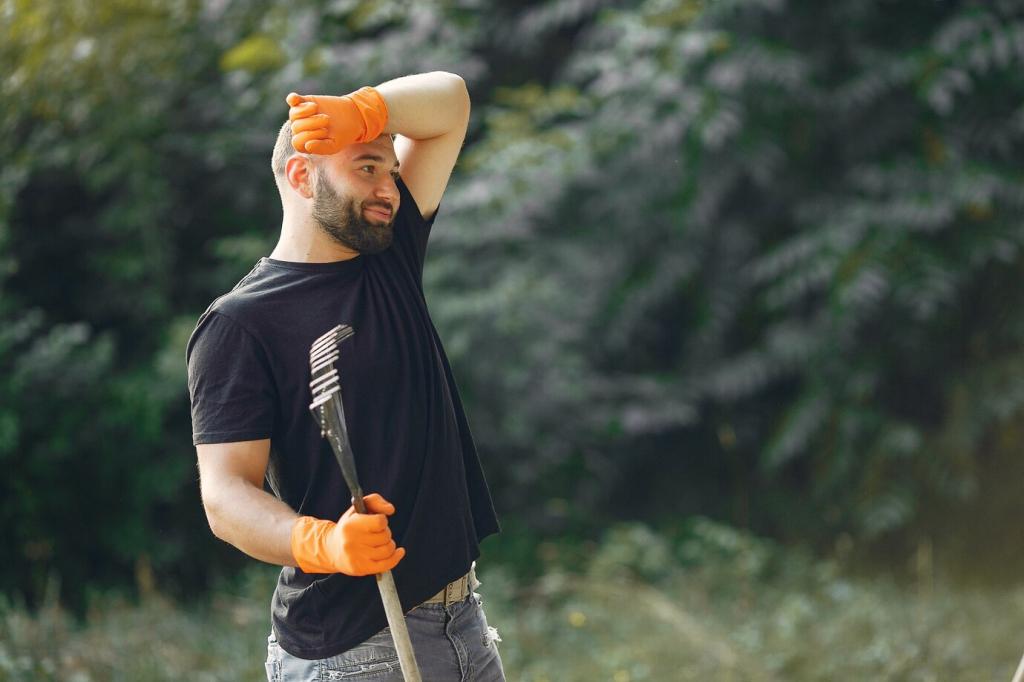
Biodegradable Furniture Protection Methods: Gentle Care, Strong Results
Chosen theme: Biodegradable Furniture Protection Methods. Explore planet-friendly ways to shield wood, fabric, and metal without toxic residues—grounded in science, enriched with stories, and packed with practical tips. Subscribe to follow new biodegradable recipes, field tests, and reader experiments.
Cold-pressed linseed and tung oils penetrate deeply, then cure into a tough, biodegradable barrier. Thin the first coat with citrus solvent, wipe off excess, and let oxygen do the work. Always air-dry oily rags in a single layer to prevent spontaneous combustion, and test color changes on hidden spots.

Water-Based and Bio-Based Sealants with Conscious Chemistry
Secreted by the lac insect, shellac dissolves in ethanol and dries fast into a food-safe finish once cured. It is beloved for warm clarity on walnut and cherry. Repair is simple: re-dissolve and blend. For water rings, a light re-buff and thin refresh coat often make the blemish quietly disappear.
Water-Based and Bio-Based Sealants with Conscious Chemistry
Milk-protein casein and plant starch binders create matte, breathable films ideal for gentle interiors. Mix fresh, apply thin, and let each layer dry thoroughly. Add natural borate-free preservatives cautiously or rely on refrigeration between coats. These coatings patina beautifully, letting wood grain narrate its quiet, lived-in story.
Upholstery and Fabric Protection Without Microplastics
Chitosan, derived from crustacean shells or fungi, forms an invisible, biodegradable film that helps repel light spills. It pairs well with plant surfactants and needs occasional renewal. Always spot-test for hand feel and colorfastness. Readers report success on cotton-linen blends, especially on dining chairs frequently targeted by pasta night.
Upholstery and Fabric Protection Without Microplastics
Blend aloe gel, diluted white vinegar, and a few drops of castile soap to create a plant-based pre-treatment. Mist lightly, brush in gently, and let dry completely. It freshens fibers and softens hand feel without a plastic crust. Reapply monthly on high-traffic cushions and share your ratios in the comments.


Pest and Mold Defense Using Natural, Biodegradable Tools
Create thin diatomaceous earth lines along storage perimeters to deter crawling pests. The fossilized silica abrades insect exoskeletons, reducing infestations without synthetic poisons. Wear a dust mask during application and vacuum carefully after treatment. Paired with regular inspection, this approach keeps antiques safe without undermining indoor air quality.

Moving and Storage: Protection That Returns to Nature
Layer kraft paper, corrugated cardboard, and paper tape to create breathable armor around vulnerable edges and surfaces. Paper absorbs minor shocks while allowing finishes to off-gas safely. After the move, recycle or compost clean sections. Tell us your favorite paper wrap hacks, especially for legs, finials, and delicate carvings.
Cornstarch-based peanuts and molded mycelium forms cradle corners without lingering microplastics. For DIYers, grow simple mycelium guards in molds, then dry thoroughly before use. Afterward, compost locally where permitted. If you have a reliable source for mycelium packaging, drop it in the comments to help fellow readers.
Plant-derived PLA wraps can protect against dust and scuffs, but many require industrial composting to break down. Look for ASTM D6400 or equivalent labeling and check municipal facilities before disposal. When unavailable, reuse creatively. Share local composting resources, and we’ll map subscriber-friendly options by region in our newsletter.


Read Ingredient Lists Like a Pro
Look for clear naming of plant oils, natural resins like shellac, and water carriers. Be cautious with vague “proprietary polymers.” Ask vendors about bio-based content percentages, VOC levels, and disposal guidance. Post your supplier questions, and we’ll compile expert-backed answers to help everyone shop confidently and responsibly.
Certifications That Actually Help
FSC or PEFC address wood sourcing, while Greenguard or similar labels speak to emissions during use. For coatings, request test data and end-of-life guidance, not just green badges. Combine credible standards with your own trials. If you discover a standout biodegradable product, nominate it for our community test drive.
Community Challenge: Your Biodegradable Win
Have you switched from a synthetic protector to a biodegradable method and measured results? Share the before-and-after, the recipe, and the cost. We will feature a monthly reader spotlight and send a detailed toolkit to subscribers. Your experiments help the entire community refine safer, kinder protection strategies.
